For now, love yourself and enjoy this one ...
by Maryann Readal
Allspice is a flavoring my mother uses to enhance her apple pies. Allspice contains cinnamon, cloves and nutmeg flavors, as well as a small amount of black pepper. This spice enhances the taste of apple pie. Maybe that's what made my mother’s pies special.
Allspice (Pimenta dioica), The Herb Society’s Herb for the month of December, has a fascinating history. Allspice is actually a tree that is native to Mexico and Central America. Columbus, who was searching for an alternative to the spices from the East in the New World, found the allspice in Jamaica. He thought it was peppercorns. The Spanish explorers who traveled to Central America and the West Indies later observed that the indigenous people were adding these small dark berries into their chocolate drinks and food. The Spanish thought that the berries were spicy and hot and called them "pimenta", the Spanish word for a peppercorn. Dioica is added to the name of this tree because male and female flowers are found on separate trees. It is obvious that calling this tree pepper was incorrect. The British took Jamaica in 1655 from the Spanish and renamed its berries allspice. However, they kept the botanical name of the tree. (Missouri Botanical Garden N.D .).
Allspice had been brought to Europe by the East, but Europeans did not seem to be interested in it. They were used to cinnamon, nutmeg and cloves. Allspice was not a new spice. The slave trade on Caribbean island plantations tainted the image of spice products. Samuel Taylor Coleridge's speech against slavery in late 1700s reveals the attitude of the time. "We receive from West Indies, sugar, rums, cocoas, logwoods, pimento ....not a single one of them is necessary. In fact, with the exceptions of cotton and mahogany we can't even call them useful" (Eddy 2001). In the American colonies however, allspice cost less than individual spices imported from Europe. It was therefore a cheaper alternative to the costly spices monopolized in the Dutch colonies (Sumner 2004 ).
The seeds were unable to germinate in the countries of the early explorers. The seeds were heated and softened by the native birds' stomachs, allowing them to germinate.
Allspice trees were destroyed until Jamaica, where much of the aromatic allspice still grows, banned the export of allspice saplings in 1882 (Stewart, 2013). The allspice tree was nearly extinct during the Victorian era, when it became fashionable to make walking canes and umbrella handles from the fragrant, durable wood.
Indigenous peoples in pre-Hispanic time used the leaves and berries of the allspice plant for medicine, and to flavor food. Allspice was used by the Mayans as an embalming substance and to flavor their famous drink of chocolate. In the West Indies and Latin America, both the berries and leaves of allspice are used as folk medicine to treat many different illnesses. Ayurvedic practitioners have also used allspice. Allspice is being studied for its possible anticancer properties (Zhang 2012 ).
Allspice plays a major role in Caribbean cuisine. Allspice plays a key role in jerk seasoning. Allspice is used to season meats in the Caribbean and they are then roasted on a P. Dioica wood is used to roast meats in the Caribbean. Jamaicans use the berries to infuse rum and make Pimento Dram, their signature drink. The liqueurs Chartreuse, Benedictine and other liqueurs use it as a flavoring. In Europe, the spice is used to flavor breads, pastries, pies and puddings. Allspice is often the only spice that's used in Arab dishes. In Middle Eastern cuisine, it is also a key spice that flavors meat and stews.
The oil from the berry is used to make perfumes, candles and cosmetics. The oil is used to replace pesticides and other fungicides in natural ways (Zhang, 2012). The trees are now planted around coffee plants in order to protect them from the sun. The berries are picked while green, and then dried in the sunlight until they turn a dark brown. The berries resemble large peppercorns when they are dried. The whole dried berries retain their flavor much better than the ground version. The ground spice is often mistaken for a mixture of spices, rather than the unique spice it is.
Visit The Herb Society Herb of the month webpage for more information on allspice. Visit The Society's Facebook, Instagram and Twitter pages.
The Herb Society of America, Inc. does not recommend or advise the use of herbs as a medicine or for health purposes. This information is provided for educational purposes and should not construed as an endorsement or recommendation of a particular medical treatment. Consult your health care provider prior to using herbal remedies.
Photo credit:1) Allspice Berries (courtesy the author); 2) Christopher Columbus landing on the New World (Public Domain); 3 The white flowers from Pimenta Diocia (Tao'olunga); 4 Jamaican Jerk Seasoning (courtesy the author); 5 Street food vendor selling Jamaican Jerk-seasoned food (Jim Henderson).
References
Alfaro, M.A.M., V.E. Oliva, M.M. Cruz, C. Mapes, & F.B. Pena. (2004). Allspice and pepper seasoning. In C. Lopez, P. Shanley, & A.C. Fantini (Eds. Riches of forest: Fruits and remedies in Latin America 57-60). Center for International Forestry Research Accessed on 11/1/23. Available from http://www.jstor.org/stable/resrep02039.20
Eddy, Kristin. ( 2001). Pride of the Island Chicago Tribune, 29 August 2001. Accessed on 11/13/23. Available from https://www.chicagotribune.com/news/ct-xpm-2001-08-29-0108290041-story.html
Missouri Botanical Garden. (n.d.) Pimenta dioica. Accessed on 11/13/2023. Available from https://www.missouribotanicalgarden.org/PlantFinder/PlantFinderDetails.aspx?taxonid=282860&isprofile=1&basic=pimenta%20dioica
Stewart, Amy. (2013). The drunken Botanist: The plants which create the world's greatest drinks. New York, Workman Publishing.
Sumner, Judith. (2004). American household botany: a history of useful plants from 1620 to 1900. Timber Press, Portland Oregon.
Zhang, L., & B.L. Lokeshwar. (2012). The medicinal properties of Jamaican pepper plants Pimenta dioica (and allspice). Current Drug Targets 13(14), (pp. 1900-1906). Accessed on 11/12/23. Available from https://doi.org/10.2174/138945012804545641
Maryann is an active member of The Herb Society of America’s Texas Thyme Unit, located in Huntsville. She is also a Texas Native Plant Society Native Landscape Specialist and a Texas Native Plant Society Certified Texas Master Gardener. She is a writer and lecturer on herbs and plants, and she teaches herb training in several Master Gardener Programs. She grows pines in East Texas' Piney Woods.
By: The Herb Society of AmericaTitle: Herb of the Month: Allspice – Four Spices in One
Sourced From: herbsocietyblog.wordpress.com/2023/12/04/herb-of-the-month-allspice-four-spices-in-one/
Published Date: Mon, 04 Dec 2023 10:00:00 +0000
Frequently Asked Questions
Is eating raw basil good for you?
I'm sure everyone knows that fresh herbs are great for cooking but did you know that you could eat them too? Raw, uncooked herbs are packed full of nutrients and vitamins that we normally have to cook.
They contain more antioxidants than any fruit or vegetable. And they also help our immune systems stay strong and healthy.
The best way to enjoy these delicious little green gems is to eat them raw from the garden. But there's nothing wrong with enjoying them cooked, either. They taste even better when sautéed in olive oil and served alongside pasta or rice.
There are lots of ways to incorporate raw herbs into recipes. Add them to salads, soups, sandwiches, wraps, omelets, stir-fries, and pesto.
Just make sure you wash them well first!
Which plant has antibiotic and wound-healing properties?
People often ask about plants that have medicinal uses. Some of these include aloe vera, eucalyptus, chamomile, and lavender. If you're wondering why there aren't any plants used for cleaning and disinfecting purposes, it's because most plants have toxic qualities.
The reason why we use herbs for medicine is that they contain compounds that stimulate our immune system. This means that they help us fight infections and heal wounds.
Some plants also have anti-inflammatory properties. These include ginger, turmeric, and mint.
Herbs such as basil, fennel, marigold, and oregano are great for cleansing the body.
There are even some plants that help prevent cancer. Research shows that black raspberries may reduce the chances of developing breast cancer. The same goes for broccoli. It can help prevent colon cancer.
What are the disadvantages of using herbs?
Herbs are a great way to keep your body healthy because they contain vitamins, minerals, antioxidants, enzymes, amino acids, phytonutrients, polyphenols, flavonoids, terpenes, essential oils, carotenoids, sterols, and sterolins. Some even contain cannabinoids.
But there are also lots of side effects associated with herbal remedies. For example, taking too much herb could cause liver damage or even death. Herbal supplements may interact with prescription drugs, which means that they might affect how well the drug works.
Some herbs can interfere with blood clotting, while others may increase bleeding when taken with anticoagulants (blood thinners).
There are also safety concerns for pregnant women and children.
The bottom line is that herbs aren't safe for everyone. If you're considering trying them out, do your homework. Look up each product's side effects and warnings and read reviews online.
How to make herbal remedies at home?
Making herbal remedies at home is easy. All you need is fresh herbs, water, salt, and sugar. You can use any herb, depending on what you want to create.
For example, choose mint, basil, chamomile, or lemon balm to make a soothing tea. If you want to make a cooling drink, try rosemary, thyme, lavender, or eucalyptus.
All you need to do is put all the ingredients into a pot and boil them until they become soft. Strain out the herbs and serve hot.
Add honey to the boiling mixture to make a tonic drink. Honey is a preservative and will keep your herbal remedy fresh for longer.
You can also combine two or three herbs to make a more potent brew. For instance, you could mix equal parts of garlic and ginger to make a powerful antiseptic. Or you can combine equal amounts of turmeric and ginger to make a potent immune booster.
Soak a clean cloth in warm water and place it over the affected area to make a compress. Leave it for 10 minutes before removing it. Do this every day until the swelling goes down.
Make sure you consult your doctor first before using herbal remedies. Some plants may interact negatively with other medications. Also, don't take large quantities of herbs because they can cause side effects.
What spices assist in recovery?
The use of spices to aid in healing is an ancient practice dating back centuries. Many spices have been used for their medicinal properties, including ginger, cinnamon, cayenne pepper, turmeric, and garlic. Each of these spices has unique benefits that can help with various health issues.
Ginger is known for its anti-inflammatory and antioxidant effects and can help reduce inflammation in the body. It can also be used to soothe an upset stomach or relieve nausea.
Cinnamon has been found to have a wide range of medicinal properties, including antiseptic, antifungal, antimicrobial, and antioxidant agents. It is even believed to help regulate blood sugar levels, making it beneficial in helping prevent diabetes.
Cayenne pepper has been used for centuries as a natural pain reliever and anti-inflammatory agent. It is also thought to increase circulation and metabolism, which can help the body heal more quickly.
Turmeric is an herb that contains curcumin, a powerful antioxidant. Curcumin is beneficial in treating various conditions, from arthritis and neurological disorders to cancer.
Garlic is packed with nutrients and has many health benefits. It can help reduce inflammation, act as antibiotic, lower cholesterol levels, and even boost the immune system.
These spices are all-natural ways to help the body heal and improve overall health. They can all be easily incorporated into food or taken in supplement form for convenience. While spices alone won't cure any ailments, they can play an essential role in aiding healing.
In addition to spices, there are also other natural remedies for healing, such as herbs, essential oils, and homeopathy. Research has shown that many of these remedies can be effective in treating a variety of conditions. If you're looking for an alternative to conventional medicine, consider incorporating some of these natural remedies into your health routine.
What is the difference between herbs and spices?
Herbs are used for cooking, and spices are used for seasoning.
Herbs have more intense flavors and can be used to cook dishes, while spices can bring out the flavor of foods without altering the taste.
Spices can also be added to food during preparation, such as curry. Spices may be bought individually, or whole packages may be purchased. There are many spices, including black pepper, cayenne pepper, cinnamon, cloves, coriander, garlic, ginger, nutmeg, oregano, paprika, parsley, rosemary, sage, salt, thyme, turmeric, vanilla extract, etc.
The best way to ensure that you are selecting the right spice for your dish is to read the label carefully. If there is an ingredient list, look for "spice" among the ingredients. A common mistake cooks make is buying too much of a particular spice because they do not realize how little they need.
There are a few basic rules to follow when choosing which herb or spice to use. For example, most herbs are fresh, whereas spices tend to last longer. Also, herbs are generally found in small quantities, while spices come in larger containers. Finally, most herbs are usually sold loose (or ground), while spices are packaged in jars or cans.
As long as you are careful to select the correct herbs or spices, you will find that adding them to recipes makes preparing meals easier. After all, spices add flavor to various dishes, while herbs can help improve the appearance and aroma of food.
What spice is good for inflammation?
Turmeric is one spice that can be beneficial for reducing inflammation. It contains the active ingredient curcumin, which has been studied extensively and shown to have anti-inflammatory effects on the body. Other spices like ginger, cinnamon, cayenne pepper, garlic, and cardamom may also reduce inflammation in the body. Adding these spices to your diet can help reduce inflammation and promote overall health.
Another spice that can be used to reduce inflammation is black pepper. The active ingredient in black pepper, piperine, has been studied and found to have anti-inflammatory properties. It may also help reduce pain associated with inflammation. Additionally, the spice contains antioxidants which are beneficial for overall health.
Adding black pepper to your diet may help reduce inflammation and promote overall health. Be sure to talk with your doctor before adding any spice to your diet, as some spices may interact with your medications or supplements. Eating various healthy foods, including spices with anti-inflammatory benefits, can help keep your body balanced and reduce the risk of chronic inflammation-related illnesses.
In summary, adding spices to your diet can be beneficial for reducing inflammation and promoting overall health. Spices like turmeric, ginger, cinnamon, cayenne pepper, garlic, cardamom, and black pepper have all been studied for their potential anti-inflammatory effects.
Statistics
- For those with high cholesterol, garlic supplementation appears to reduce total and/or LDL cholesterol by about 10-15% (72Trusted Source73Trusted (healthline.com)
- The global herbs market is expected to reach more than $125 billion by the end of 2025.
External Links
[TAG33]
- Ashwagandha | Memorial Sloan Kettering Cancer Center
- Grape Seed | Memorial Sloan Kettering Cancer Center
[TAG36]
- Antioxidant capacity of 26 spice extracts and characterization of their phenolic constituents - PubMed
- Cinnamon: A Multifaceted Medicinal Plant - PMC
[TAG39]
- Peppermint oil (Mintoil®) in the treatment of irritable bowel syndrome: A prospective, double-blind placebo-controlled randomized trial
- Curcumin reverses the effects of chronic stress on behavior, the HPA axis, BDNF expression, and phosphorylation of CREB
[TAG42]
How To
How to use herbs safely?
Many people think that herbs should only be used under medical supervision because they believe that some herbs are poisonous. However, this is not true.
Many herbs have long histories of safe use. For example, garlic has been used for thousands of years to fight infections. It's also been shown to lower cholesterol levels and reduce high blood pressure.
However, if you're pregnant or nursing, avoid taking certain herbs. You should also avoid them if you suffer from allergies or sensitivities to herbs.
You can do several things to ensure you get the best results from your herbs and supplements. First, always read labels before consuming anything containing herbs or spices. Second, take the lowest dose recommended on the label. Third, don't use more than one supplement at any given time. Fourth, talk to your doctor about how to combine specific herbs and supplements. Finally, keep track of your consumption to know whether you need to adjust your dosage.
Resources:
 |
[TAG45]Saturday on PBS News Weekend, Israel’s offensive turns to southern Gaza, raising the death toll as hopes for a renewed cease-fire dwindle. Then, what a new |
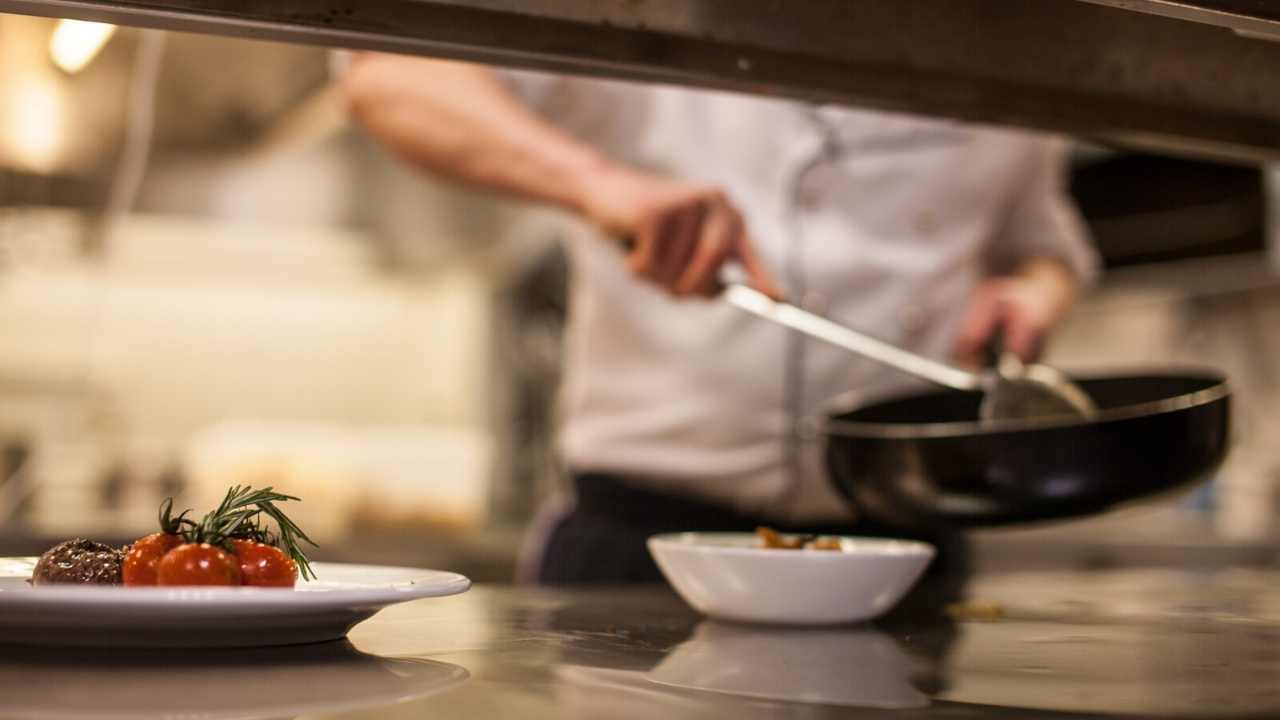 |
[TAG46]In the larger-than-life world of sports legends, few names resonate with as much power and prestige as Shaquille O'Neal. Beyond the dazzling slam dunks and |
 |
[TAG47]Join us for Episode #3 as we unveil our latest strain for December and discuss Legalization in Ohio, Psychedelic trips, Smoking weed in other countries, Hemp |
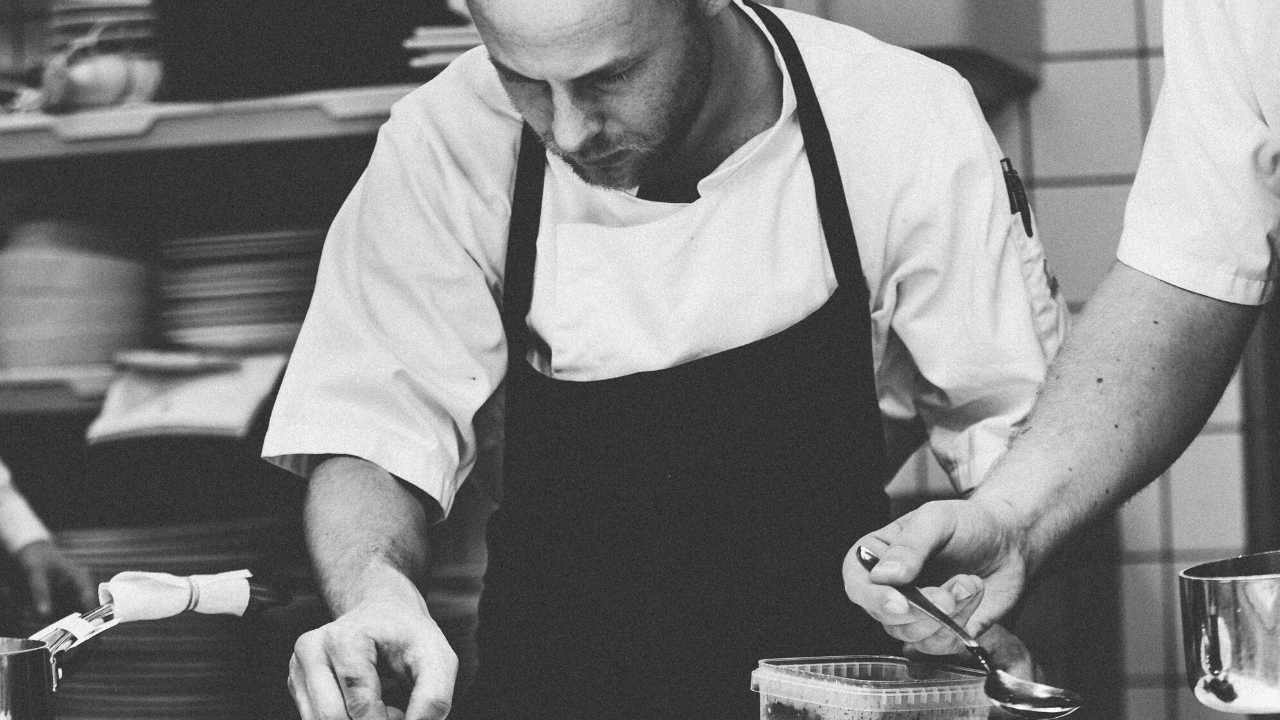 |
[TAG48]Nothing compares to the vivid yellow of turmeric OR its fantastic health benefits. A spice with a long history in ancient Eastern cuisine and medical, |
 |
[TAG49]$COPI is up over 90% for the week! Breaking new all time highs! Whats the team @CornucopiasGame got cookin over there? Welcome to CryptoRama! My name is |
 |
[TAG50]Learn herbs from respected professional herbalists offering world-class herbalist training. The NEW Professional Herbalist Course includes courses on over 600 |
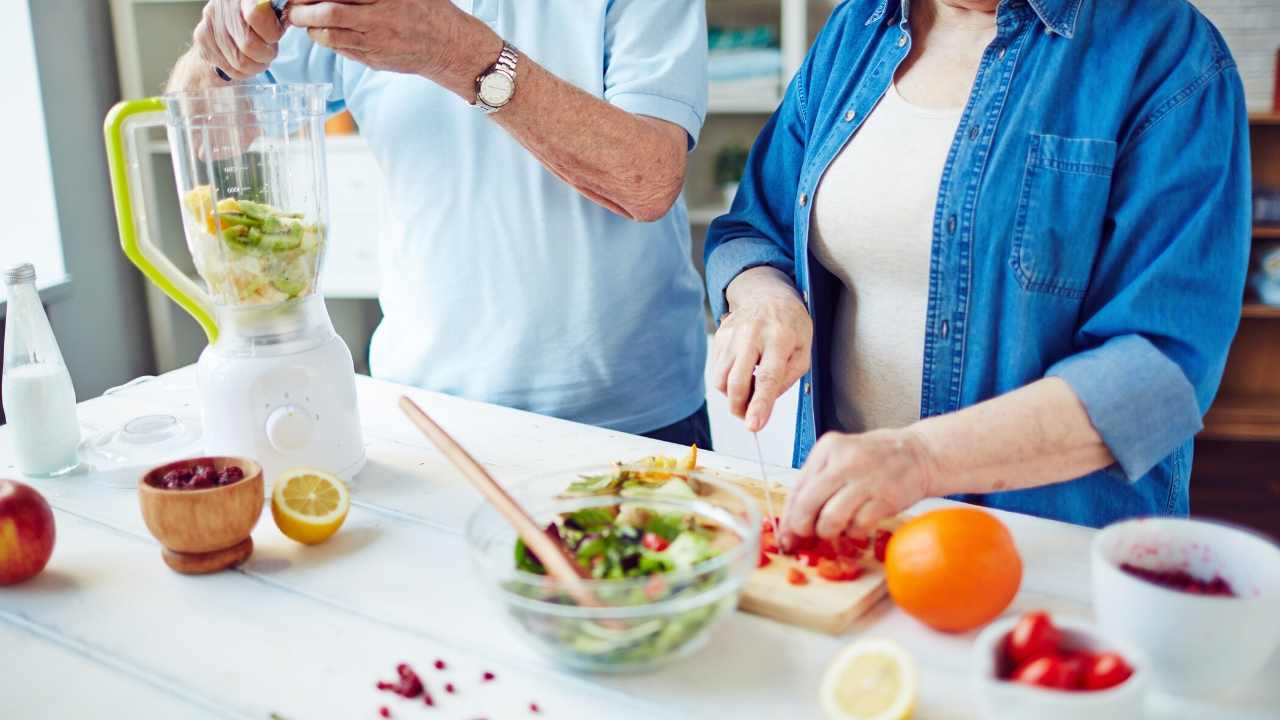 |
[TAG51]Join this channel to get access to perks: https://www.youtube.com/channel/UCWBqhyp1TCHbkKEGMVzLN-Q/join get your youngest tv Merch :, |
 |
[TAG52]Welcome back to Boxing After Dark. In today's video, we look back at a 1981 heavyweight bout between the man they called Hercules, Ken Norton, And the big |
 |
[TAG53]Iraq warned U.S. against any attacks on Iraqi territory amid tensions over Gaza war. Prime Minister Mohammed Shia Al-Sudani said although he wants safety of |
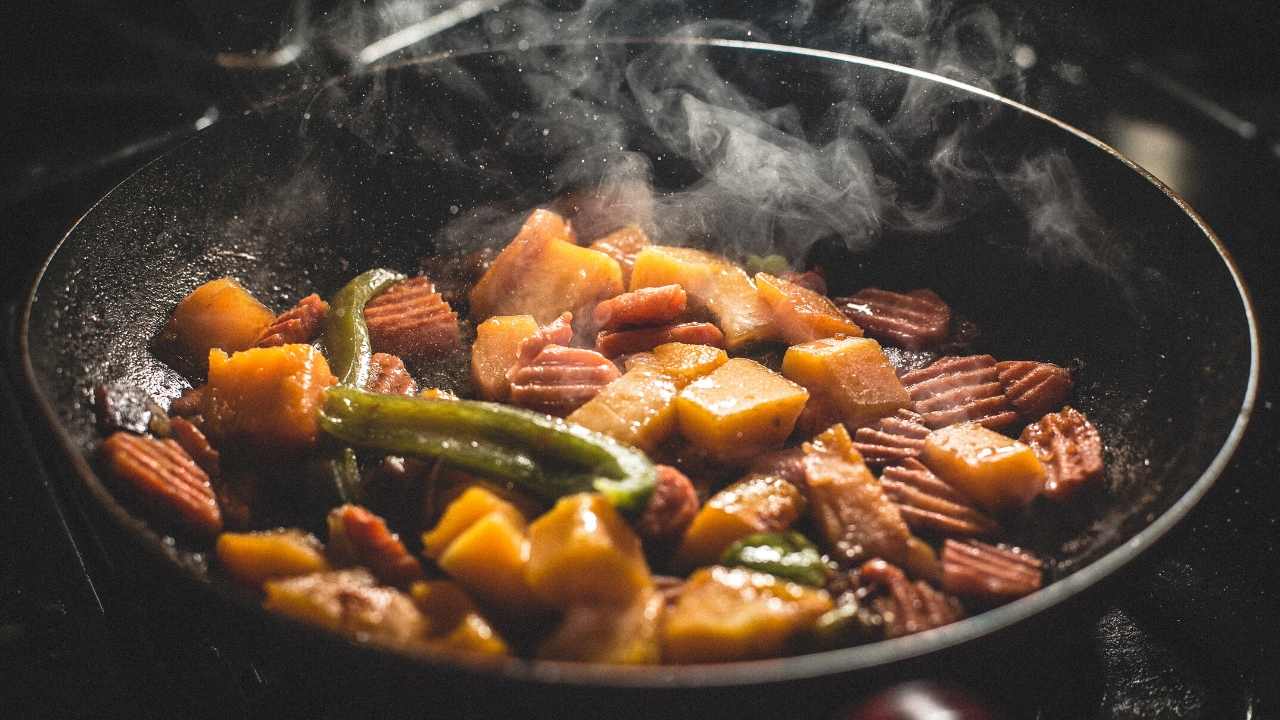 |
[TAG54]ISRAEL HAS FINALLY SUCCEEDED! THE ENEMY''S LONGEST TUNNEL HAS BEEN BLOWN UP! WAR UNDER GAZA! 2023 |
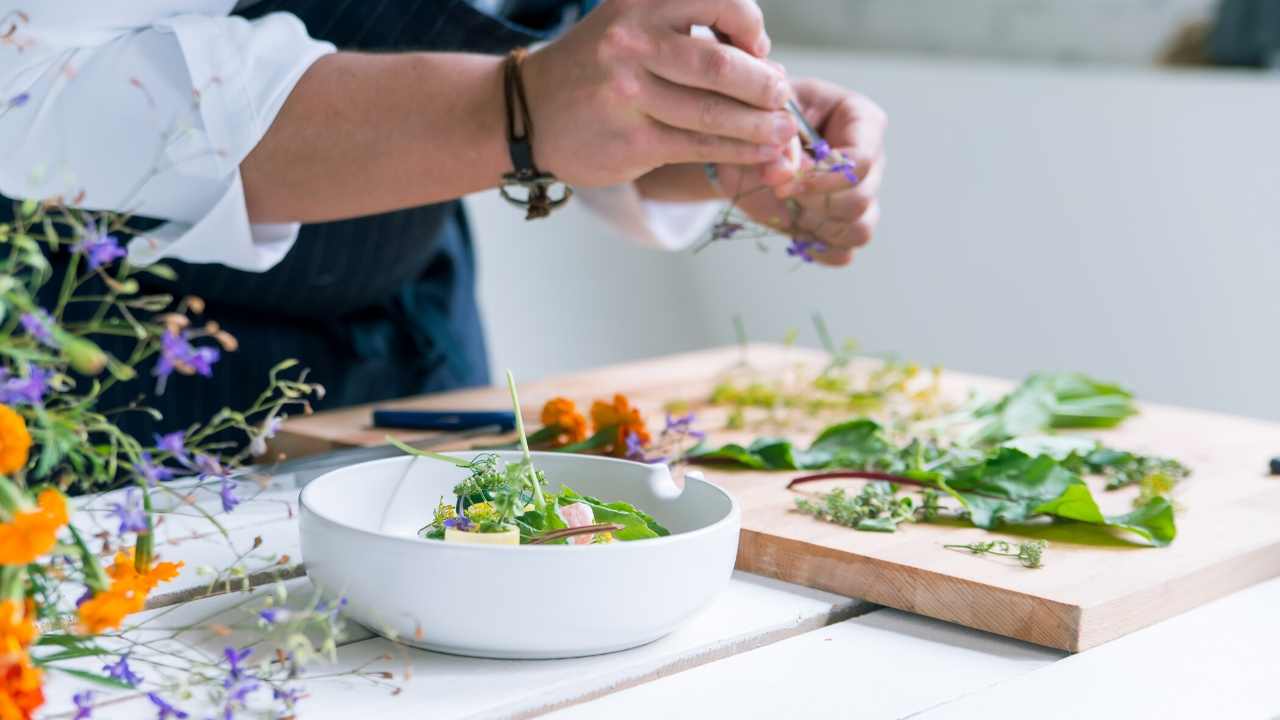 |
[TAG55]Please go check out Eddies new YouTube channel! https://youtu.be/77wEIdy3tJo?si=nwCw9uxSWZWF8lDn |
 |
[TAG56]Find out more about herbs and how to use them |
 |
[TAG57]Read about our list of the best citrus bergamot supplements and how they may help to reduce cholesterol levels, balance blood sugar levels, and more. |
 |
[TAG58]SPONSORED CONTENT When it comes to finding the best herb suppliers, there are many different places you can shop. However, ... Read more |
 |
[TAG59]Black seed oil is a popular herbal supplement used to improve blood sugar, support heart health, reduce inflammation, enhance brain ... Read more |
 |
[TAG60]Join me in this new episode as I’m sharing five medicinal benefits of hops, as well as an interesting way for you to work with hops in a hops oil recipe. |
 |
[TAG61]In this episode, I’m sharing five steps to take so that when you do commit to a particular course of study, you’ll know you’ve chosen the very best one for YOU. |
 |
[TAG62]Like life, tea is what you make of it and The Cup of Life helps individuals enjoy tea in more than one way. Join me on my tea adventures through my blog! |
 |
[TAG63]Weight loss can be a great way to manage your overall health, especially if you want to reduce your risk ... Read more |
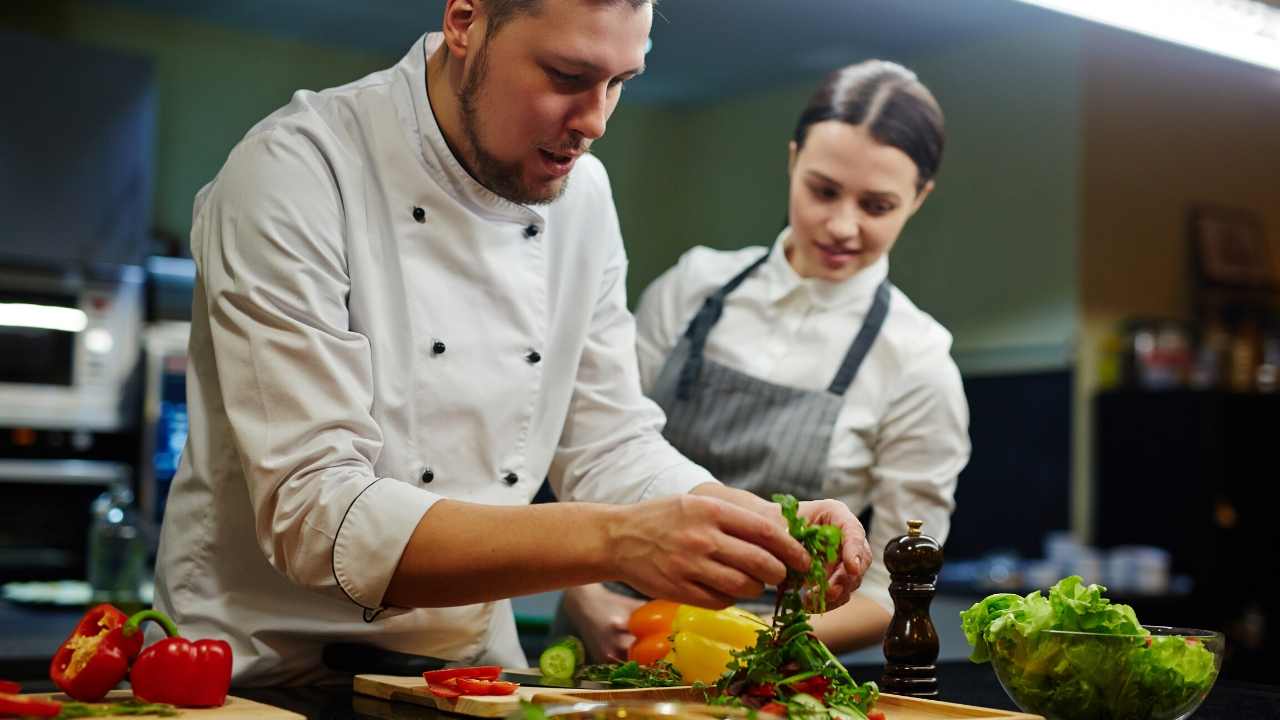 |
[TAG64]Have you ever wondered how to become an herbalist? Herbalism is the art and science of using herbs for health. ... Read more |
 |
[TAG65]In this episode, you’ll learn all about holy basil benefits for your heart, immune system, brain health and so much more. And don't miss my new ebook! |
 |
[TAG66]The gifts of bee balm include promoting digestion, helping you recover from colds and the flu, fighting fungal and yeast infections… and many more! |
 |
[TAG67]Find out how to make a marshmallow root tea recipe for the best marshmallow root benefits and experience one of our most healing and soothing medicinal herbs! |
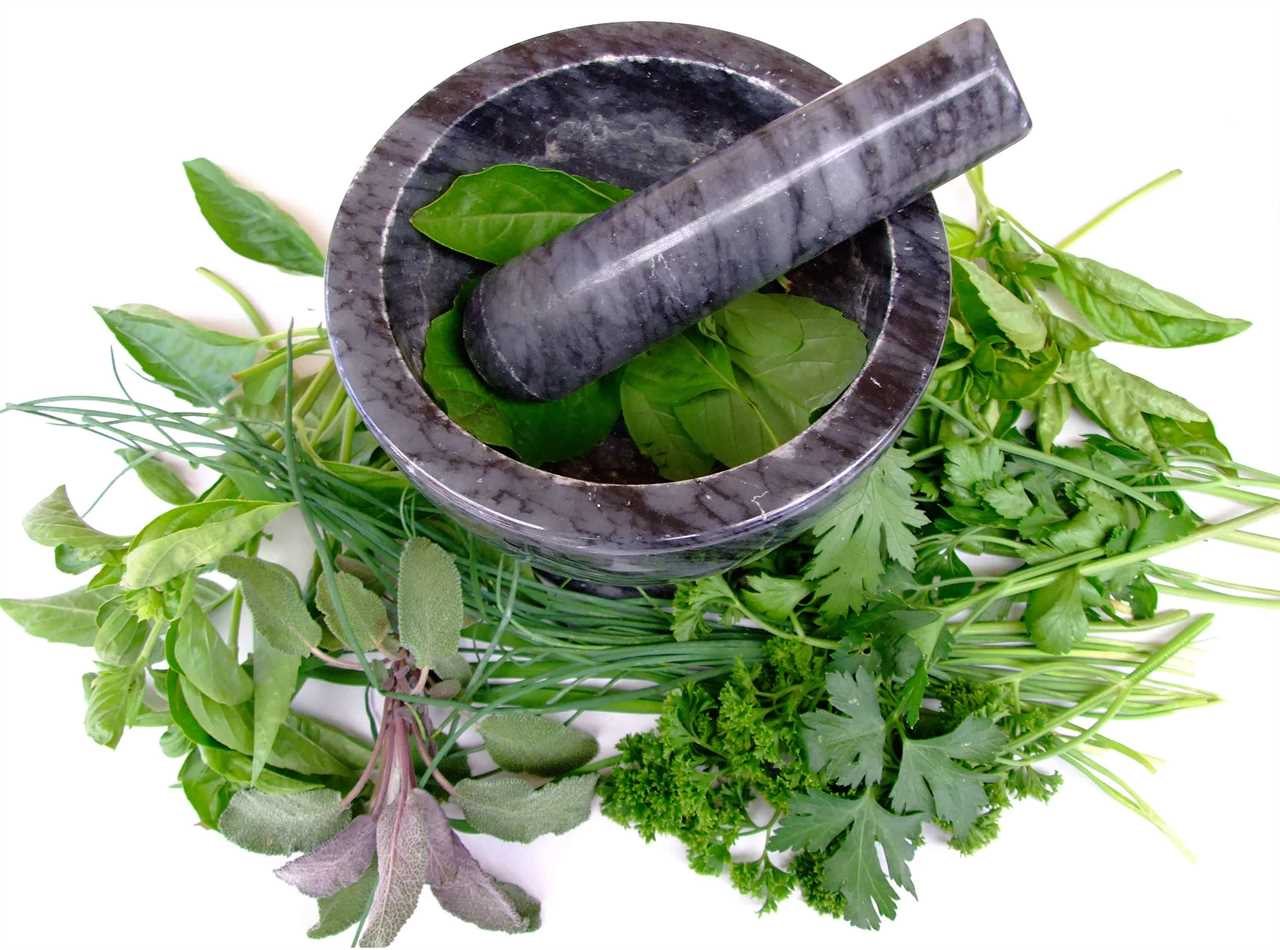 |
[TAG68]A tea assessment platform that rates teas based on objective quality markers and a sensory evaluation resulting in a list of the best teas produced each year. |
.png)





